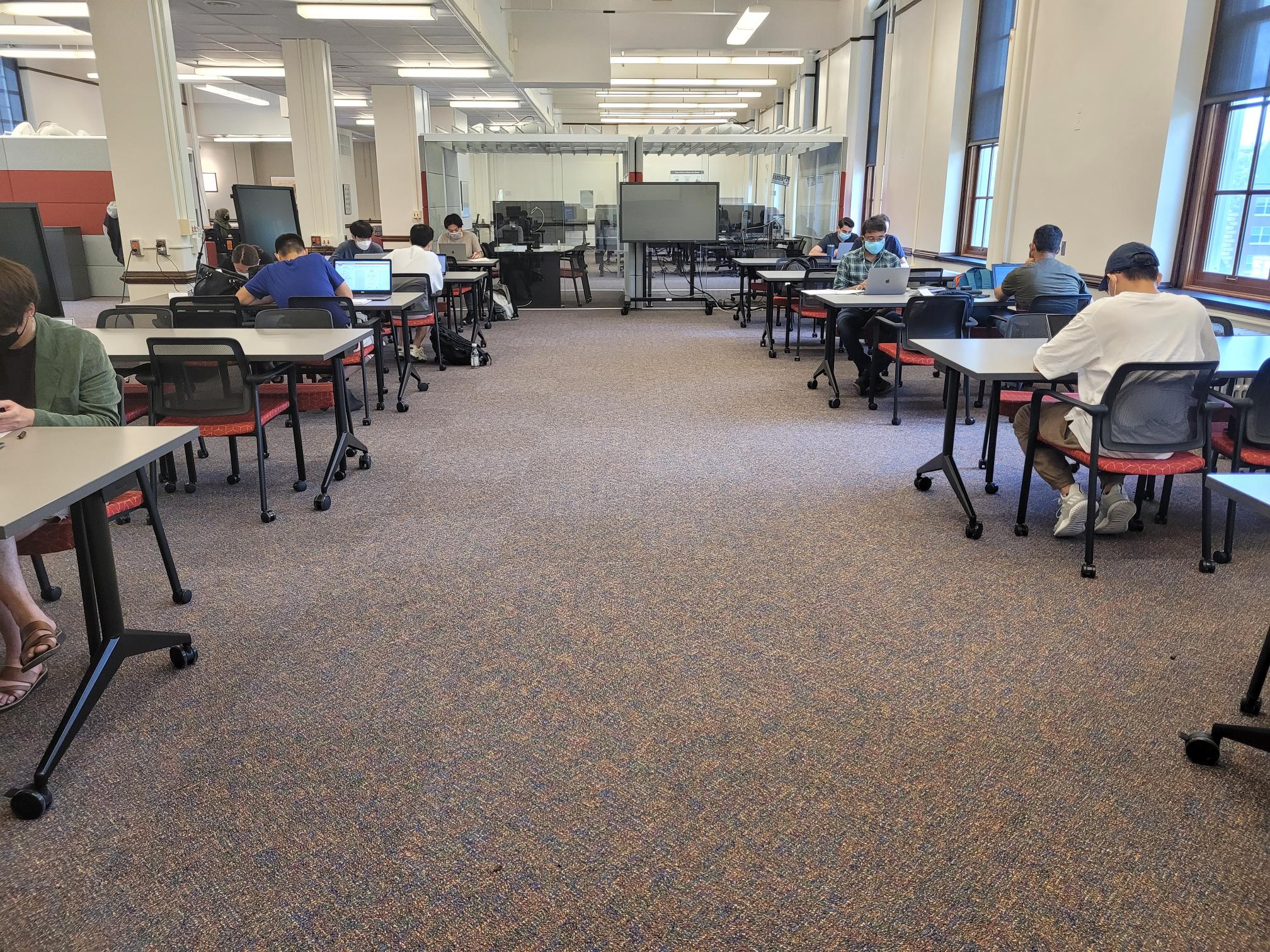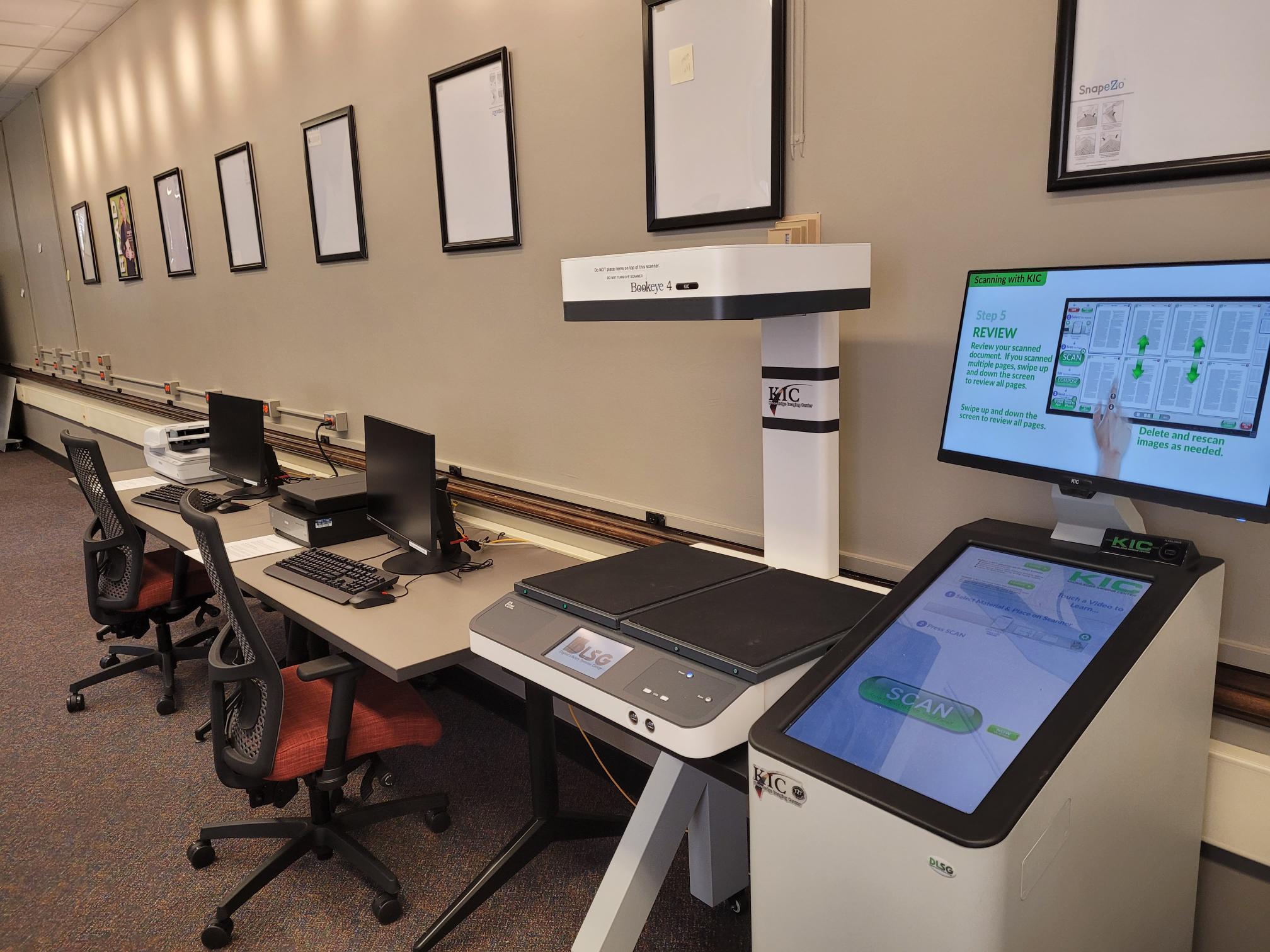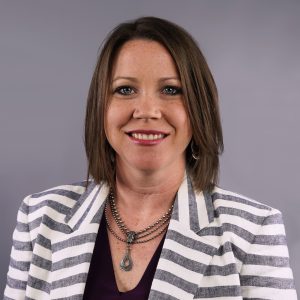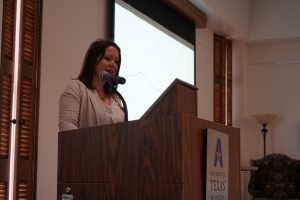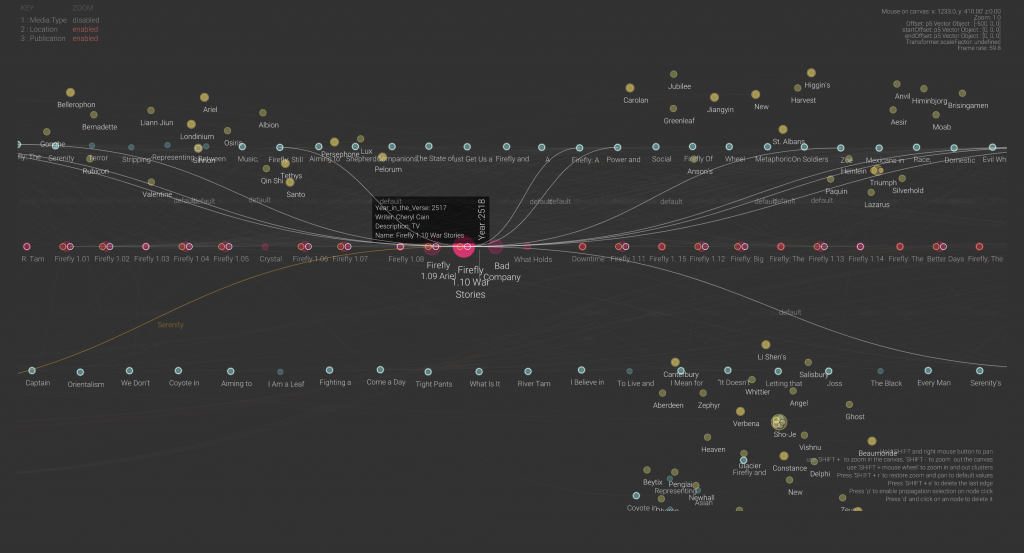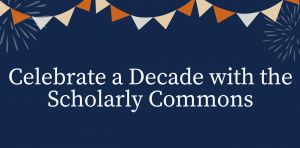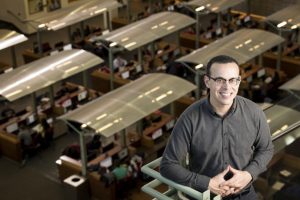It’s that time of year again! Open Access Week is October 25-31, and the University of Illinois Library is excited to participate. Open Access Week is an international event where the academic and research community come together to learn about Open Access and to share that knowledge with others. The theme guiding this year’s discussion of open access will be “It Matters How We Open Knowledge: Building Structural Equity.”
These discussions will build on last year’s theme of “Open with Purpose: Taking Action to Build Structural Equity and Inclusion.” While last year’s theme was intended to get people thinking about the ways our current information systems marginalize and exclude, this year’s theme is focused on information equity as it relates to governance.

Specifically, this year’s theme intentionally aligns with the recently released United Nations Educational, Scientific and Cultural Organization (UNESCO) recommendation on Open Science, which encompasses practices such as publishing open research, campaigning for open access, and generally making it easier to publish and communicate scientific knowledge.
Circulated in draft form following discussion by representatives of UNESCO’s 193 member countries, the recommendation powerfully articulates and centers the importance of equity in pursuing a future for scholarship that is open by default. As the first global standard-setting framework on Open Science, the UNESCO Recommendation will provide an important guide for governments around the world as they move from aspiration to the implementation of open research practices.

While the University of Illinois is not hosting any formal events for open access, the Library encourages students, staff, and faculty to familiarize themselves with existing open access resources, including:
- IDEALS: The Illinois Digital Environment for Access to Learning and Scholarship, collects, disseminates, and provides persistent and reliable access to the research and scholarship of faculty, staff, and students at Illinois. Once an article is deposited in IDEALS, it may be efficiently and effectively accessed by researchers around the world, free of charge.
- Copyright: Scholarly Communication and Publishing offers workshops and consultation services on issues related to copyright. While the Library cannot offer legal advice, we can help you to identify information and issues you may want to consider in addressing your copyright question.
- Illinois Open Publishing Network: The Illinois Open Publishing Network (IOPN) is a set of digital publishing initiatives that are hosted and coordinated at the University of Illinois at Urbana-Champaign Library. IOPN offers a suite of publishing services to members of the University of Illinois at Urbana-Champaign community and aims to facilitate the dissemination of high-quality, open access scholarly publications. IOPN services include infrastructure and support for publishing open access journals, monographs, born-digital projects that integrate multimedia and interactive content.
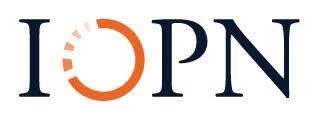
For more information on how to support access at the University of Illinois, please reach out to the Scholarly Commons or the Scholarly Communication and Publishing unit. For more information about International Open Access Week, please visit www.openaccessweek.org. Get the latest updates on Open Access events on twitter using the hashtag #OAWeek.


